Several small improvements from the first version, including added weight in the nose, more range of movement on the rudder, a wider elevator, and a bigger undercarriage for a more realistic look. The D.VIII is now 100% take off and landing certified on airfields and can also take off from carriers, although landings, especially on USS Tiny, are tricky. I take no responsibility for shoddy takeoffs or landings, but I recommend you don't pitch up during takeoffs and let the plane lift itself, and try setting trim all the way up for landings (unless you're attempting a carrier landing). Avoid the most extreme maneuvering, which will more often than not result in a spin, unless you are very confident in your piloting. Spins are completely recoverable with a little opposite rudder and aileron unless you're right on the deck (below 2,000ft). Be safe and enjoy the view!
The Fokker E.V was a German parasol-monoplane fighter aircraft designed by Reinhold Platz and built by Fokker-Flugzeugwerke. The E.V was the last Fokker design to become operational with the Luftstreitkräfte, entering service in the last months of World War I. After several fatal accidents due to wing failures, the aircraft was modified and redesignated Fokker D.VIII. Dubbed the Flying Razor by Allied pilots, the D.VIII had the distinction of scoring the last aerial victory of the war.
In early 1918, Fokker produced several rotary-powered monoplane prototypes. Of these, Fokker submitted the V.26 and V.28, small parasol-winged monoplanes with his usual steel-tube fuselages, for the second fighter trials at Adlershof in May/June 1918. The V.28 was tested with both the 108 kW (145 hp) Oberursel UR.III and 119 kW (160 hp) Goebel Goe.III, though neither of these engines were ready for operational service. The V.26 utilized the standard Oberursel UR.II engine, producing only 82 kW (110 hp). While this engine was obsolete, the V.26's low drag and light weight meant that it was nevertheless quite fast. The Fokker designs were only barely beaten by the Siemens-Schuckert D.III with the complex bi-rotary Siemens-Halske Sh.III engine.
In the end, the V.26 was ordered into production as the Fokker E.V. Four hundred were ordered immediately with either the UR.III or Goe.III. Because neither engine was available in any quantity, all production examples mounted the UR.II.
The first production E.V aircraft were shipped to Jasta 6 in late July. The new monoplane was also delivered to Jasta 1, Jasta 19, Jasta 24 and Jasta 36. Leutnant Emil Rolff scored the first kill in an E.V on August 17, 1918, but two days later he was killed when his aircraft's wing collapsed in flight. After another E.V of Jasta 19 crashed, Idflieg grounded all E.V aircraft. Pending the investigation of these wing failures, production ceased at the Fokker Flugzeugwerke. According to Fokker, the wing failures were caused by the army technical bureau, which had forced him to modify the original design by over-strengthening the rear main spar. This faulty design allegedly caused the wing to twist and fail. Fokker claimed that this defect was resolved by reverting to his original design.
According to most other accounts, the source of the wing failures lay not in the design, but in shoddy and rushed construction. Fokker had subcontracted construction of the E.V wings to the Gebrüder Perzina Pianoforte Fabrik factory. Due to poor quality control, inferior timber had been used and the spar "caps", forming the upper and lower members of each spar assembly, had been placed too far apart during the fabrication. Because the resulting spars were vertically too large to pass through the ribs, excess material was simply planed away from the exposed upper and lower surfaces of the cap pieces, leaving the assembled spars dangerously weak. Other problems included water damage to glued parts, and pins that splintered the spars, rather than securing them.
Tests showed that, when properly constructed, the original E.V wing had a considerable margin of safety. Satisfied that the basic design was safe, Idflieg authorized continued production, after personnel changes and improved quality control measures were introduced at the Perzina factory.
Deliveries resumed in October. At the direction of the Kogenluft (Kommandierenden General der Luftstreitkräfte), Idflieg redesignated the modified aircraft D.VIII. Henceforth, the "E." and "Dr." designations were abolished and all fighters received the "D." appellation. The D.VIII commenced operations on 24 October with Jasta 11. The aircraft proved to be agile and easy to fly. Allied pilots nicknamed it the Flying Razor, because of its sleek appearance and single wing.
Jasta 5 was issued a D.VIII. The famed ace Erich Lowenhardt used the aircraft for a short time and scored a few victories in it, but he continued to favour the Fokker D.VII.
A total of 381 aircraft were produced, but only some 85 aircraft reached frontline service before the Armistice. Some reached Italy, Japan, the United States, and England as trophies, but most were scrapped in accordance with the terms of the Armistice.
Specifications
Spotlights
- 12ocketguy 8.7 years ago
- Racrandall 8.6 years ago
General Characteristics
- Created On iOS
- Wingspan 27.6ft (8.4m)
- Length 19.3ft (5.9m)
- Height 8.9ft (2.7m)
- Empty Weight 2,883lbs (1,308kg)
- Loaded Weight 2,883lbs (1,308kg)
Performance
- Horse Power/Weight Ratio 0.208
- Wing Loading 18.5lbs/ft2 (90.1kg/m2)
- Wing Area 156.3ft2 (14.5m2)
- Drag Points 3530
Parts
- Number of Parts 174
- Control Surfaces 12
- Performance Cost 565

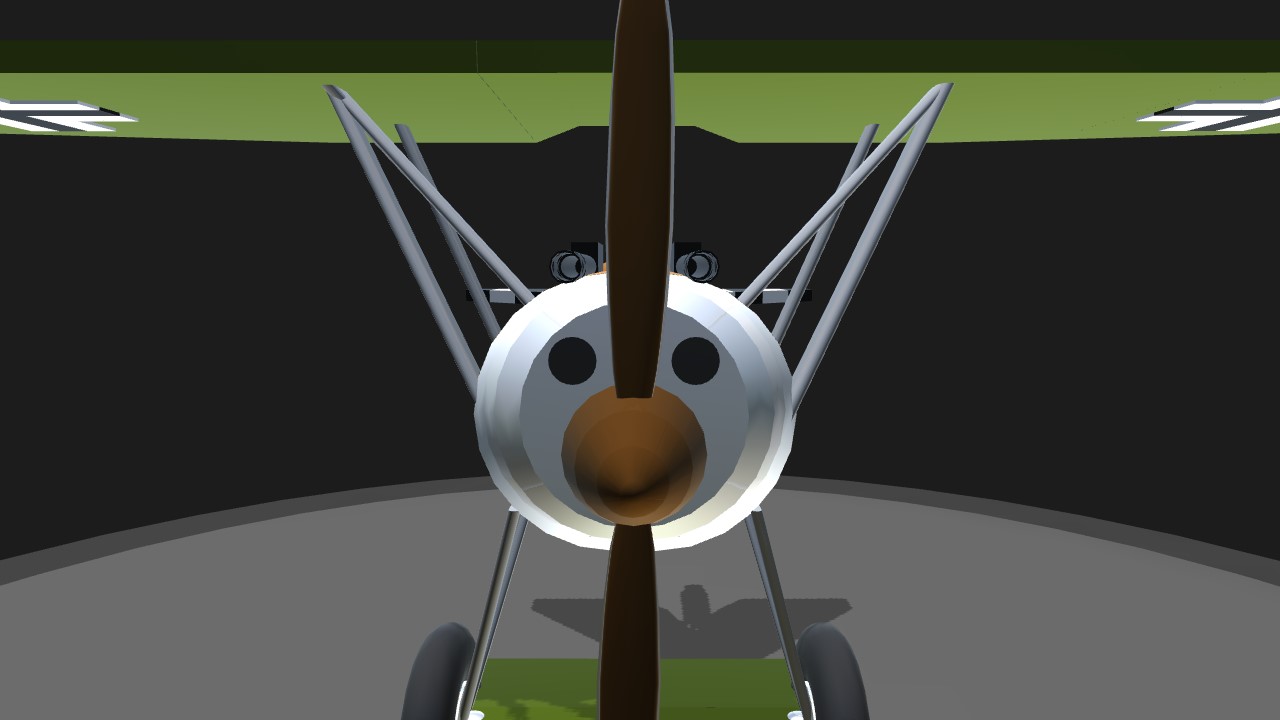
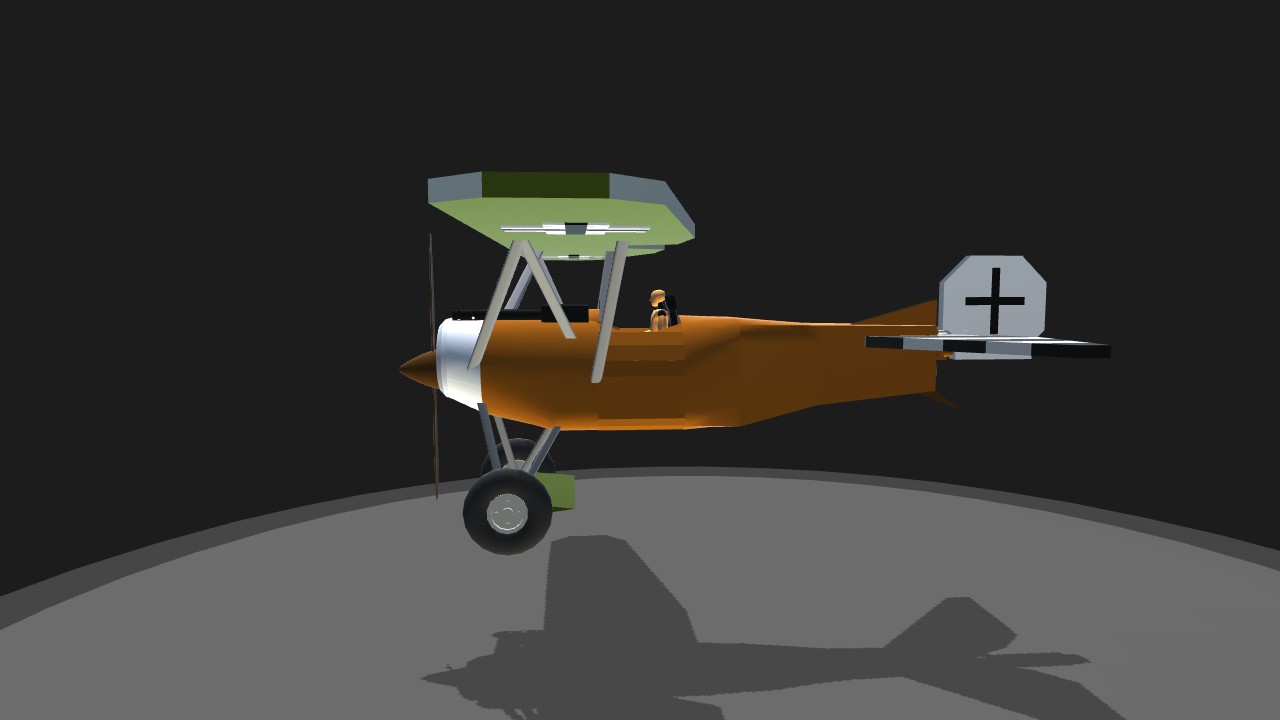
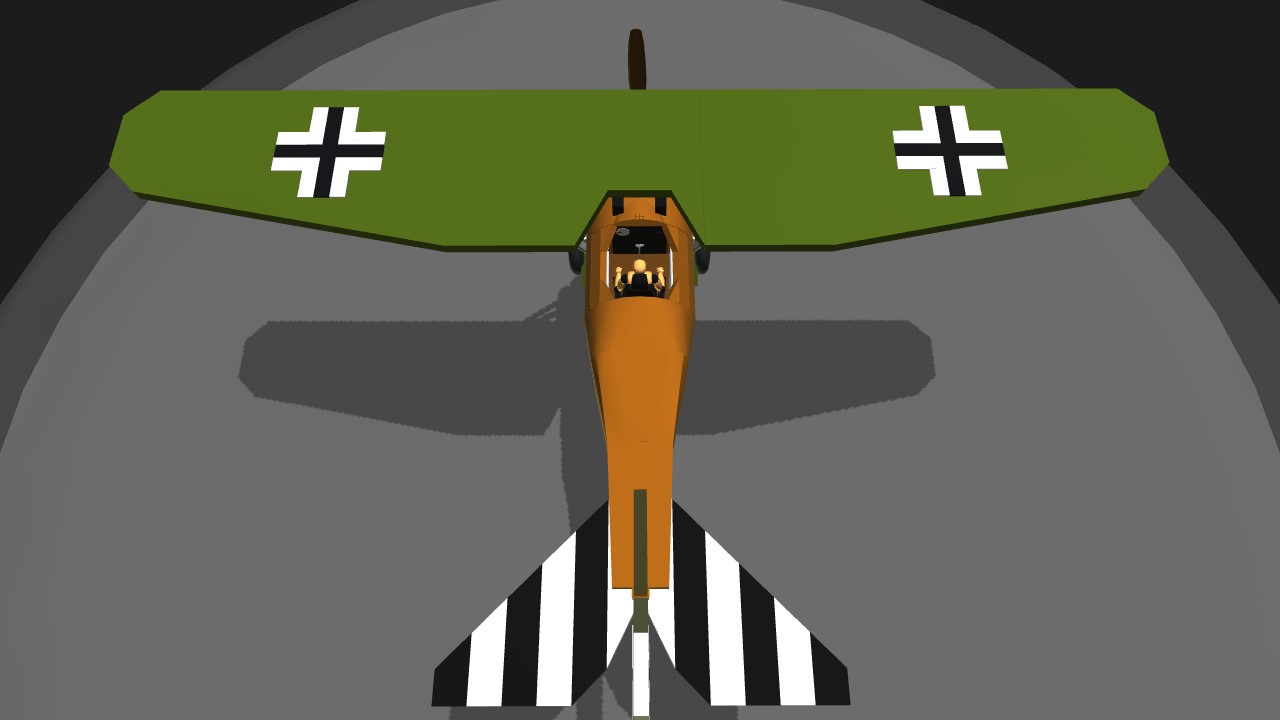
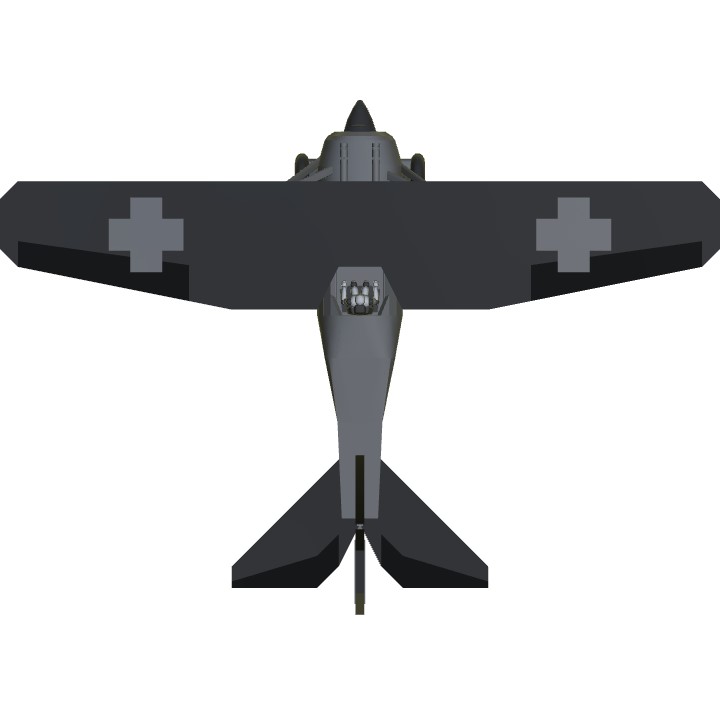
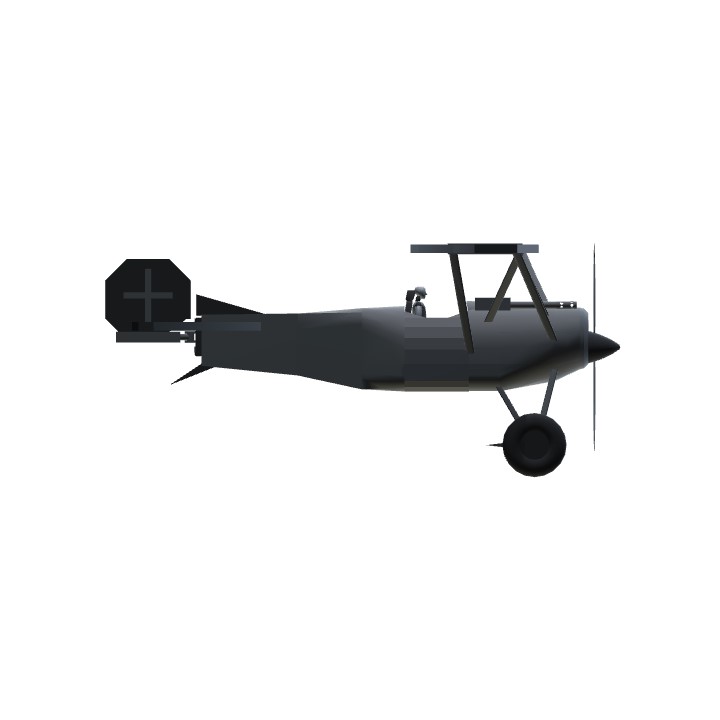
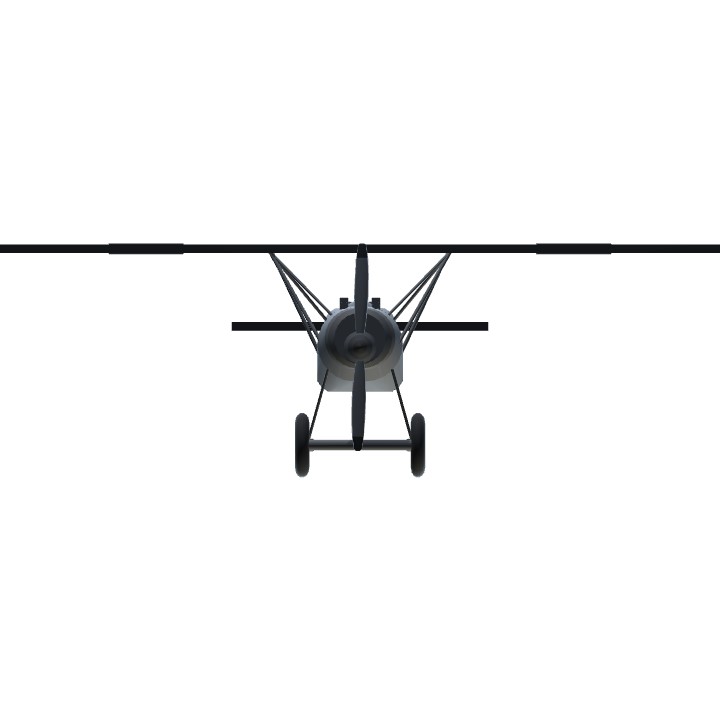
This is really great. It's simple and has not many parts and yet it's very detailed. Nice job. This deserves more credit.